When people from Southeast Asia build furniture, cabinets, and home fixtures, they turn to a local hardwood species called meranti wood. Also known as Philippine mahogany, meranti wood does not have any features of New Word mahoganies belonging to the Swietenia genus. Let’s find out what is meranti wood, why it’s very popular in the region, and some of the excellent characteristics of this hardwood in this guide.
Identifying Meranti Wood
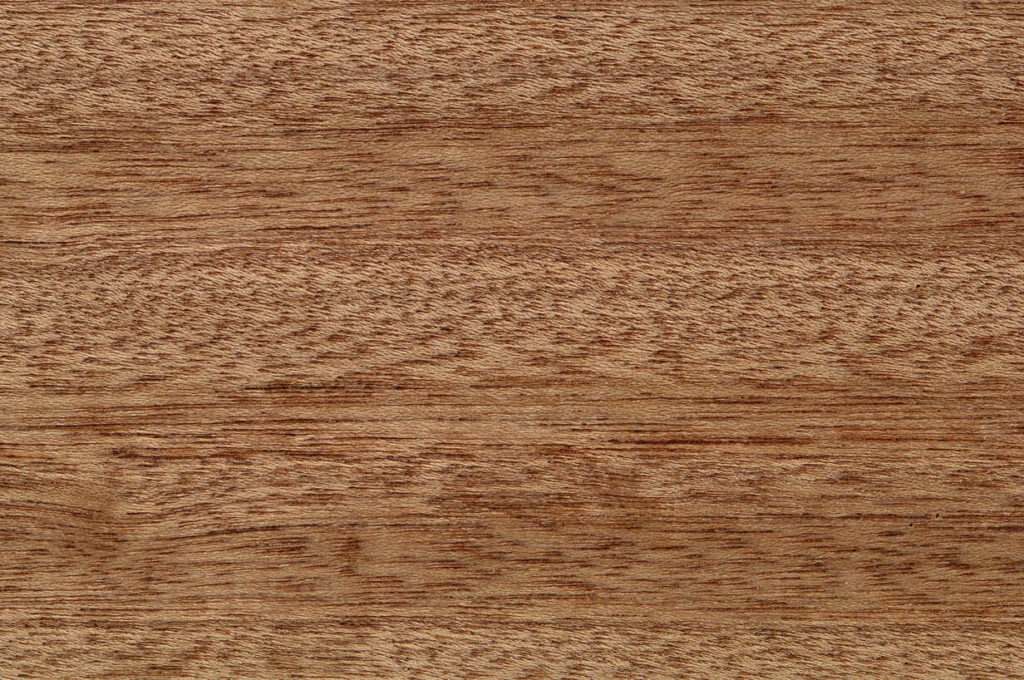
Every in-depth study of a wood species start with a careful understanding of its properties, appearance, and uses. Although it’s locally called Philippine mahogany, meranti belongs to the family Dipterocarpaceae under the Shorea species. These species have five trees called meranti.
Other names of meranti include shorea, tangile, red or white lauan, almon, dark meranti, and white meranti. The meranti tree is the most widely sold timber under the name Philippine mahogany.
Meranti is classified as a tropical hardwood commonly used in building furniture, cabinets, small wooden projects, decks, flooring, and much more. This wood has lovely natural grains and is easy to work with, making it the wood choice of woodworkers, furniture makers, and hobbyists.
Where to Find Meranti Wood

Meranti trees are naturally from low-altitude areas with well-drained soils. Meranti can grow up to 200 feet in height, with tree trunks growing up to 6 feet in diameter.
Local furniture makers and woodworkers can get meranti wood from lumber yards and shops. But because of the increased demand for this hardwood, you need to order this wood in advance. If you live abroad, you can ask a local lumberyard or supplier to order sustainable meranti wood for you. As always, you need to preorder to get this wood for your projects.
If you’re looking for furniture made from meranti wood, you will find what you need from local dealers as well as suppliers abroad. Meranti veneer may also be available from a local supplier.
Characteristics of Meranti Wood
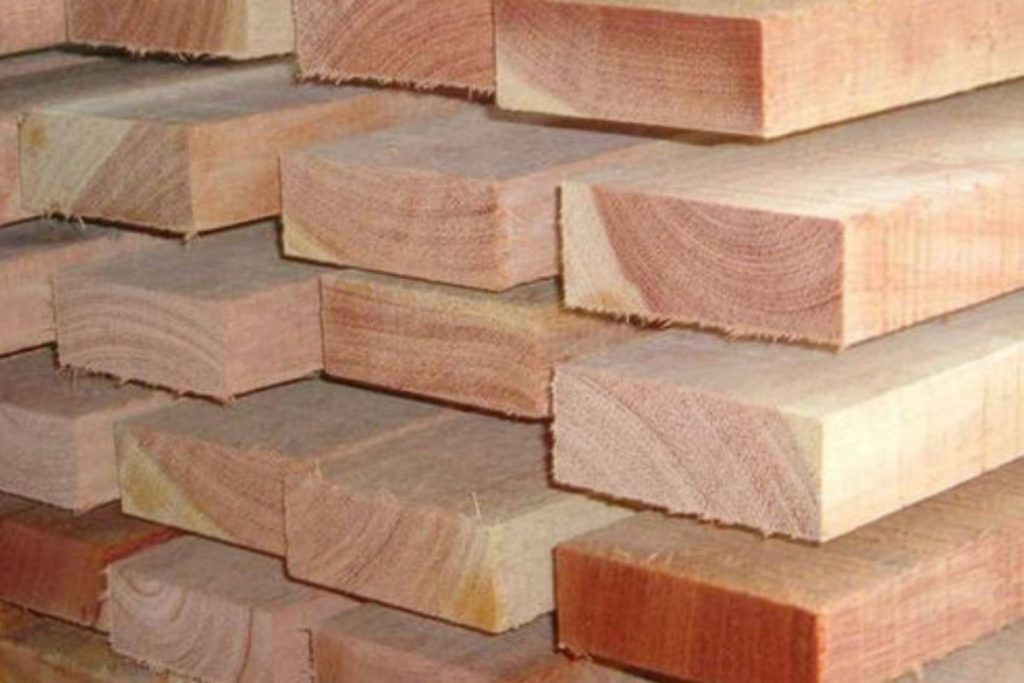
Whether you want to use meranti wood to make furniture, cabinets, or decorative items, or as a building material, you must consider the wood’s natural properties. Consider the following qualities of meranti wood.
Type
Meranti is a tropical hardwood.
Physical Properties
Meranti trees are tall, up to 200 feet high, and 6 feet in diameter. It is branch-free for 90 degrees. Some meranti trees have vane-like buttresses used as supports. There are several colors of meranti wood, and each one has specific qualities.
Light and dark red meranti are available in the palest pink to dark brown or reddish-brown grains. It would be best to use only one species of meranti to create a lovely uniform look in your furniture, cabinets, and projects.
- Crushing Strength – 7,070 lbf/in2
- Modulus of Rupture – 12,710 lbf/in2
- Average Dried Weight – 42 lbs/ft3
- Janka Hardness – 800 lbf or 3,570N
- Elastic Modulus – 1,743,000 lbf/in2
- Shrinkage – radial shrinkage – 3.9%, tangential shrinkage – 7.8%, volumetric shrinkage – 12.5%
Texture
Meranti has a medium to rough texture. The texture changes depending on the color of the species.
Color
The color of meranti wood will depend on the type of species. You’ll find meranti wood species with light red heartwood and lighter color sapwood. Species with dark red color come with streaks of white resin. This is the most common kind of meranti wood in the market.
Grain
The grain of meranti wood is usually straight, but there are species with interlocked grains and rough textures. This type has a low luster compared to common meranti species.
Endgrain
Meranti wood end-grain is porous with no specific arrangements. This is a distinct characteristic of all meranti wood species.
Resistance and Durability
Meranti is described as moderately strong and durable hardwood because of its medium-hard resistance to rotting. This hardwood is not immune to bugs and burrowing insects as well as marine borders. Meranti has average hardness making it less stable than other woods.
Varieties of Meranti Wood

There are different species of meranti and are based on their place of origin and their distinct properties. The most common species are white meranti, dark red meranti, yellow meranti, and light red meranti.
The main difference between these species is the color and their patterns. Meranti with a light-red hue is mostly pale, while those with white dark red shade look brown or reddish-brown. Yellow meranti is brownish yellow, while white meranti has yellow-orange heartwood.
There may be a slight difference in texture among the different colors, but the rest of the properties are the same. But as we mentioned before, we recommend using one species of meranti for your project to ensure continuous color patterns throughout the wood surface.
What are the Uses of Meranti Wood?
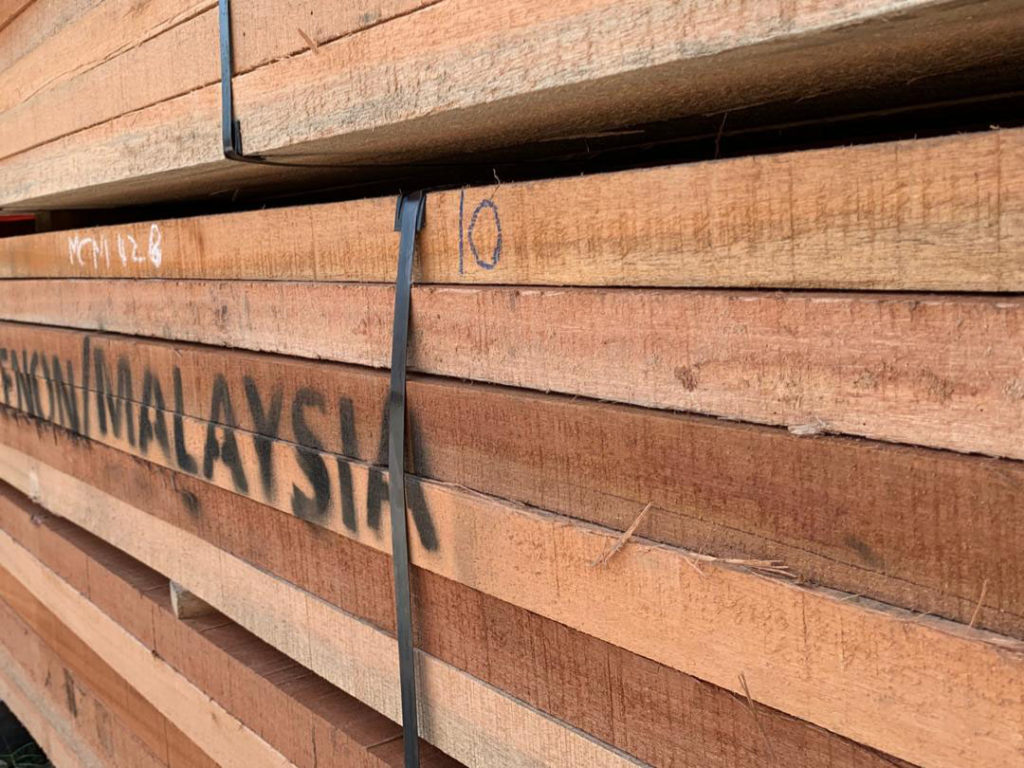
Meranti wood is strong but is not as durable as other wood. It has little rot resistance, and thus, it’s not great for outdoor use. The following are great uses of meranti wood.
Flooring
Meranti’s smooth surface and light grain patterns make it great for flooring. This wood is easy to work with; you can use nails, screws, or glue without any problems. Apply a good finish, and you’ll have lovely strong flooring that will last for years.
Interior Furniture
Meranti is lightweight and easy to work with, making it an excellent material for making interior furniture. You’ll find this wood on cabinets, tables, chairs, shelves, and desks. Meranti’s lovely grains can be highlighted with the right stain, so your furniture will look great for years to come. You can also apply paint, and it will absorb any color with ease.
The drawback of using meranti is keeping your furniture in tip-top shape because it’s not resistant to insects, rotting, and mold. Avoid moisture and exposure to outdoor elements. Also, protect your meranti furniture by applying a wood stain or finish. This will keep the material in great shape and provide a layer of protection against extreme temperatures (hot and cold), moisture, pests, and molds.
Veneer
Meranti is useful as a veneer. You can cut thin layers of meranti to use as a veneer for floors, cabinets, and other furniture. The beautiful surface of meranti makes it great for different projects. You can apply a stain on the veneer surface and protect it from traffic and other stresses, so your veneers last longer.
With meranti veneer, you’ll get a consistent color throughout the surface. Small swirls create a lovely pattern that can be highlighted with a light stain. You’ll find different shades of meranti veneer ranging from light brown to dark reds; therefore, insist on using only one type of veneer for consistent grain color and pattern.
Windows and Door
Meranti is a tough wood that is commonly used for doors and windows. It is easy to cut and shape to any form you wish. You can sand meranti wood to create a fine surface or paint it any color.
Meranti doors will never warp or lose their shape or form. This type of door has consistent grain patterns and a perfectly smooth surface. You can use any kind of hardware to attach this door and any lock to keep your home safe.
Meanwhile, meranti wood works great as interior window fixtures such as window frames, rails, casing, etc. You can add paint or use wood stain to make meranti’s lovely grains stand out.
Joinery
Modern indoor furniture is made of many types of wood, but one of the most common woods used to make joineries is meranti. This wood is strong enough to withstand common strains and stresses of indoor use. Whether you’re using power tools or hand tools, it is easy to work with. You can use meranti as joinery for cabinets, chairs, tables, and desks.
Construction
Meranti is a staple in most interior construction projects. It has many impressive properties that make it one of the top choices for various interior projects such as flooring, ceiling, cabinets, doors, windows, etc. This type of wood is affordable and easy to find anywhere. Consider using meranti as your interior building material if you have a tight construction budget.
Boatbuilding
Building boat interiors is like building the interior area of any home. You need a lovely yet tough wood to construct cabinets, doors, windows, and floors. Meranti has all these qualities and more. It’s an inexpensive material, so it’s easy to find almost anywhere. As long as you protect your meranti cabinetry, flooring, and other interior fixtures, you can expect these to last long.
Some Techniques to Work with Meranti Wood
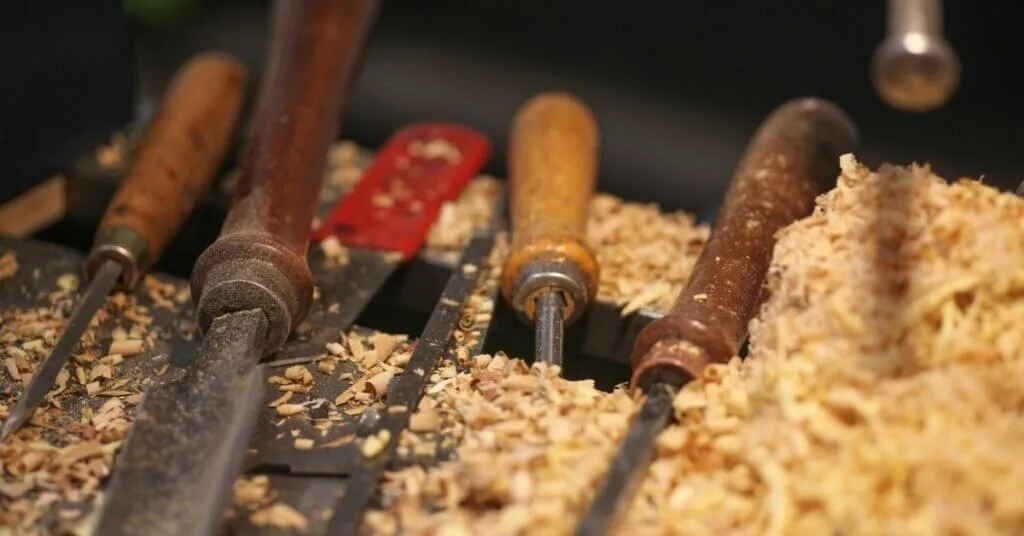
Meranti is a building material that’s used all over the world. It is strong but not as durable for outdoor use. This is why many building techniques have been developed to use meranti wood.
Machining and Cutting Meranti Wood
Meranti has exciting properties that make it great for many interior projects. But before you can use meranti on projects, you need to cut and shape your wood panels correctly.
It would be best to have a planer blade with a smooth edge to cut meranti wood with a medium to coarse grains because this kind will easily rip. After using this tool, you’ll get a very rough edge with tiny wood fibers jutting out. Avoid these by sanding the surface and edges. You must also smooth all surfaces to avoid cuts and scrapes.
Apply a plane over your meranti wood surface by removing shallow cuts. This will prevent any tearing or chipping and preserve the stability of the wood piece. You can count on meranti as joinery but expect tear-outs or splinters during your project. Meranti will yield short fragments which may be easily removed by sanding.
Do you plan to crosscut meranti wood? Use power tools or hand tools with a fence board along the exit side to avoid splinters or tear-outs. If you’re routing this would across the grain, use a fence to prevent tear-outs as well. It’s best to use sharp blades and bits on meranti to avoid too much pressure and stress on the wood. In case you’re using a jigsaw, or a scroll saw, you can prevent ragged cuts by using a very fine blade.
Almost all kinds of wood glue work great with meranti. This is because of its zero silica and extractive content. You may use wood glue first to connect pieces and apply screws or nails for proper hold. Screws and nails hold well, but for screws, you must pre-drill first before attaching.
Meranti wood holds stains and wood finishes very well, but experts advise that you must fill its open grains with a wood filler to get the smoothest effect. This wood will also hold paint very well, but it’s still best to fill its open grains before adding a primer coat.
Carving Meranti Wood
Meranti wood is not suitable for carving projects because it can easily chip off. You can’t cut intricate details on this wood because of its open grain. You may still carve this wood as long as you use power carvers connected to less-aggressive tools and bits.
Turning Meranti Wood
Meranti can be a challenge to turn, but woodturners have devised techniques to do this. To round down a piece of meranti wood, use a ¾-inch gouge and lathe, but the speed must be maintained at 1,000 rpm. This will reduce any chipping.
Meranti tends to collect bits of finishing material, so do not apply this when it’s spinning. Turn off the lathe to apply the finishing material to avoid a wrinkled surface.
Do not use twist drills because this tends to move into the wood and lead to breakouts. It would be best to use brad-point drill bits and a backing board underneath the workpiece to keep wood from tearing out. When using a router, use sharp carbide-tipped bits. Move slowly in shallow passes to keep wood from burning.
More Shop Techniques for Meranti Wood
Meranti is one of the easiest to work with and is the choice of many woodworkers and builders. To ensure the best results, consider the following shop techniques.
It would help if you worked in a safe and stable environment with meranti. Observe moisture content of 8% inside your shop or working area. Considering proper moisture content is essential when working with all types of wood because wood material continues to absorb and release water or moisture even after many years.
As with all types of wood, you must wear safety gear to protect your hands, eyes, and nose as you work. Wear work gloves to avoid splinters. Do not forget your goggles, as small fragments of meranti wood can chip off and fly towards your eyes. Wear a face mask to avoid inhaling small bits of wood. Work in a well-lit room so you can prevent accidents.
How Sustainable is this Type of Wood?
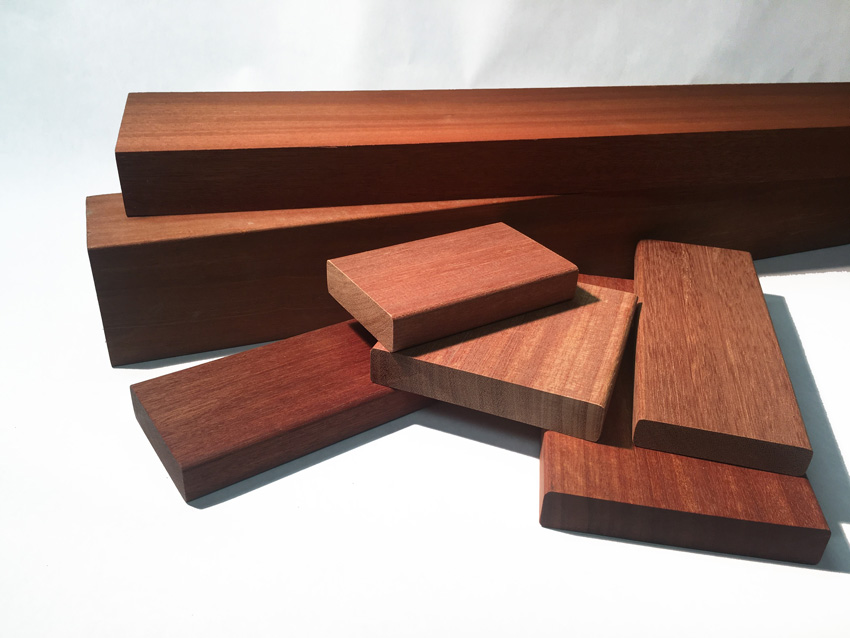
Consider the sustainability of the type of wood you want to use. Sustainability is the material’s ability to be maintained at a certain level. For wood sources, it avoids the depletion of the wood resource to ensure ecological balance.
Overall, meranti wood is sustainable because of carbon sequestration and carbon offset. But the areas where meranti naturally grows are rampant for illegal logging. This activity impacts the environment, affects all ecosystems in the forest area, and affects the sustainability of meranti and other species of wood. And because of these behaviors, this tropical hardwood becomes less sustainable than wood harvested from local areas.
The population of meranti trees has dramatically decreased in the last decades because of exploitation. But there are also meranti trees from sustainably-managed sources.
Building furniture and flooring out of meranti wood has a low carbon footprint. Using this type of furniture is also sustainable because of carbon rupture throughout the furniture’s life.
Final Words
Meranti wood is one of the most popular materials used for building interior furniture, cabinets, flooring, windows, doors, and other projects. It is a durable wood but not as strong as other wood species. This is not resilient to outdoor elements like rain, wind, sunlight, moisture, and insect and is thus used only as an interior material.
Meranti is easy to work with only when you follow basic shop techniques. If you’re not careful, it can easily chip off and splinter, so follow these techniques to get the most out of meranti wood. And when it comes to sustainability, meranti is sustainable, but the practices of harvesting, transporting, and growing this hardwood is not.
If you want to use meranti for your project, it would be best to ask for its availability from your local lumberyard or lumber store. You may need to preorder meranti wood to ensure enough supply for your project.
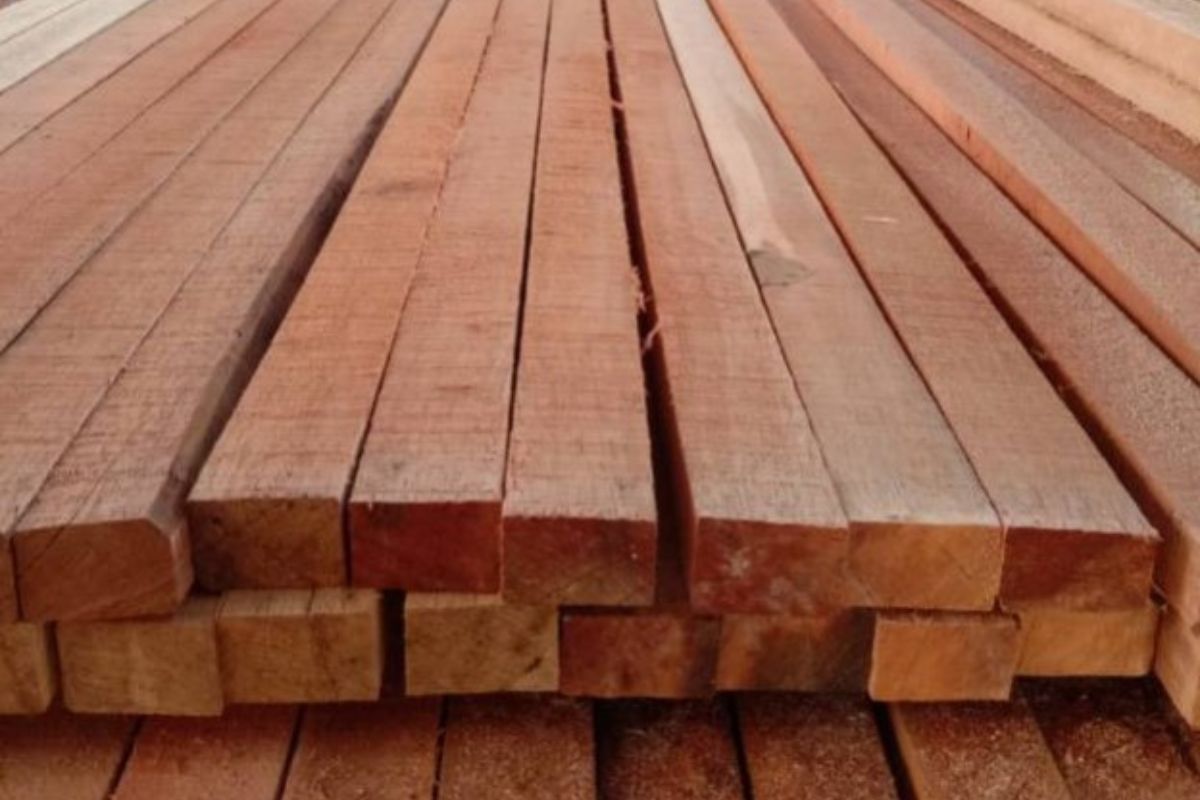
Leave a Reply